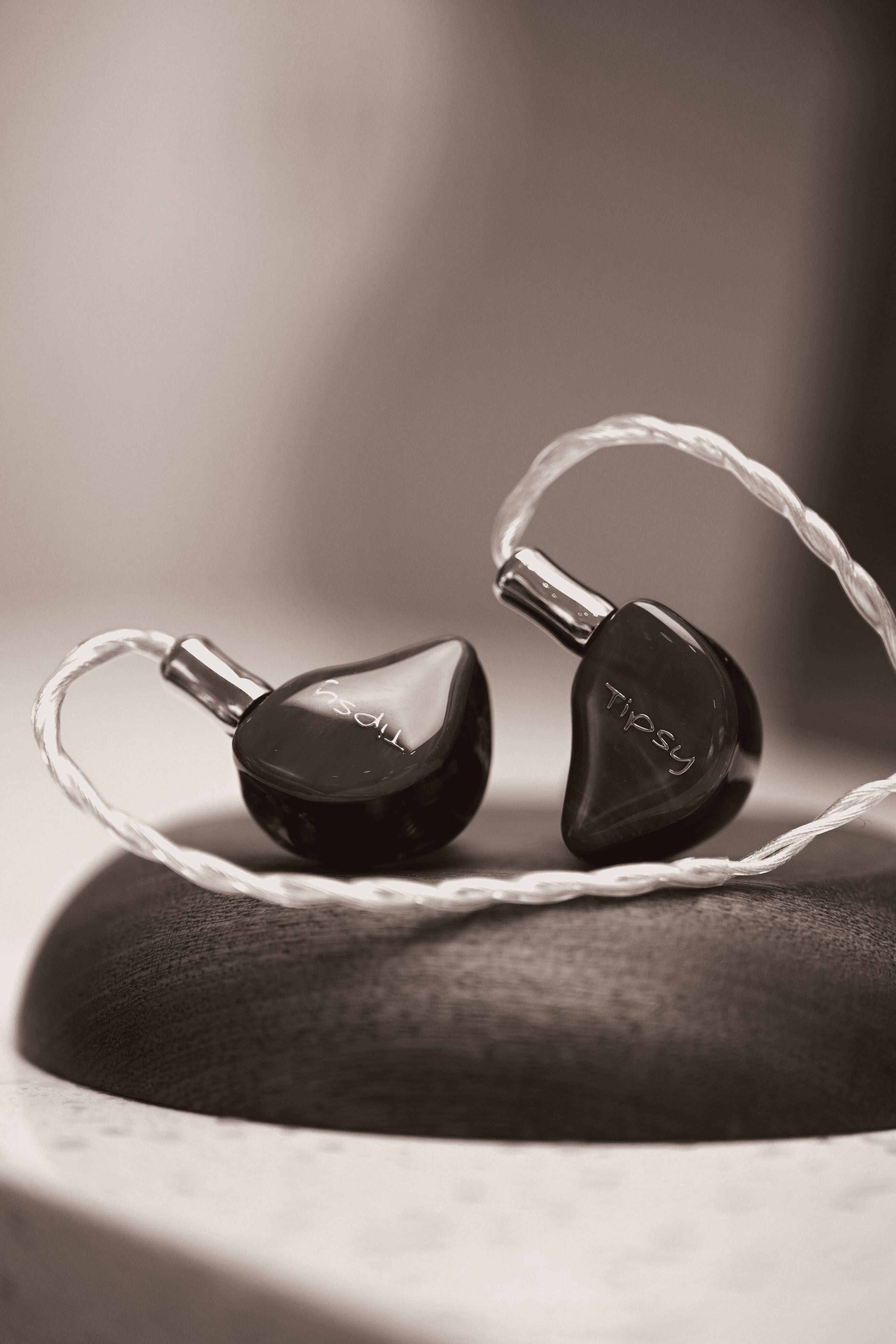🎧 Why We Don’t Recommend Using EQ Apps with Our IEMs
At Tipsy Audio, we often get asked:
“Is there an app I can use to tune the sound?”
Our answer? For most people — you don’t need one. And in many cases, it might actually make things worse.
🎚️ 1. Our Tuning Is Purposefully Engineered
Each Tipsy model is tuned with extreme care — balancing drivers, housing acoustics, and internal chambers to deliver a signature sound. When you manually EQ it, you're not just changing a frequency — you're disrupting a delicate system.
🎛️ 2. EQ Can Break What We’ve Optimized
Unless you’re using a professional mixing console or studio-grade DSP, most mobile EQ apps are limited and imprecise. Boosting the wrong frequency band can:
- Cause distortion
- Flatten dynamics
- Add unwanted phase issues
It's a bit like coloring over an oil painting — sure, it changes things, but not always for the better.
🔍 3. More Drivers ≠ More EQ Flexibility
Some users assume that if an IEM has fewer drivers, it needs “help” from EQ to match pricier models. But what really matters is how well those drivers are tuned and implemented, not how many of them there are. Our IEMs are designed to deliver balance and resolution out of the box.
💡 So When Should You Use EQ?
We get it — everyone hears differently. If you’re a professional working in audio, or you're using a parametric EQ with full control, fine-tuning might help you tailor the sound to your ears or your workflow.
But for most listeners? Let the IEM do what it was built to do.
If you absolutely want to EQ, consult with an audio expert.
A poorly adjusted EQ can introduce distortion, imbalance, or fatigue — which defeats the purpose of owning a well-tuned IEM.
✅ Final Thoughts
We put a lot of time into designing a sound that doesn’t need “fixing.”
So plug in, press play, and enjoy your music the way it was meant to be heard —
no EQ required.


Share:
No Hype, Just Data: Explore Full FR & THD Graphs for Every Tipsy IEM